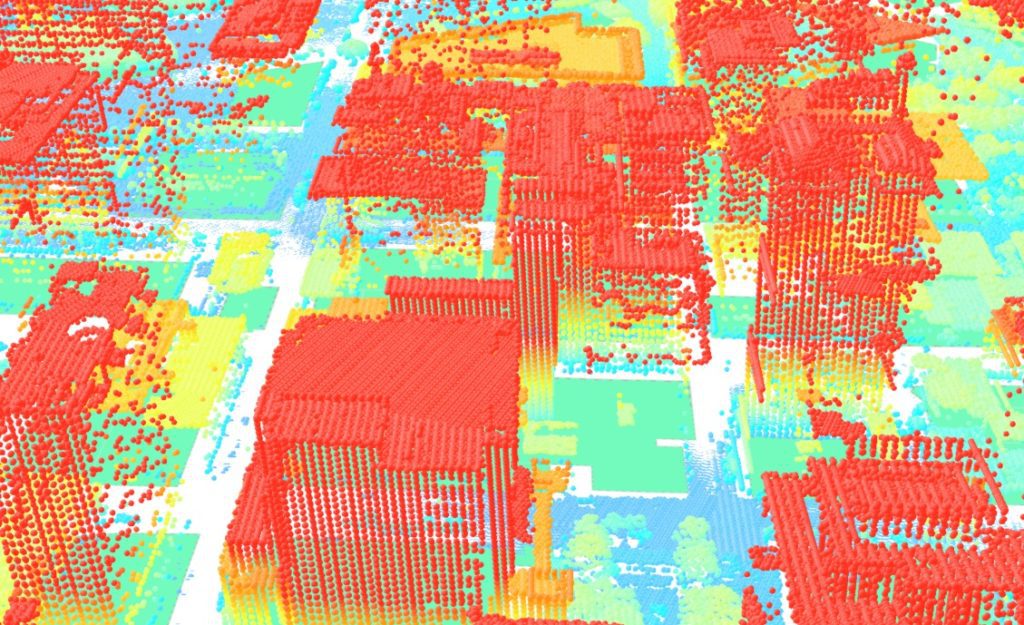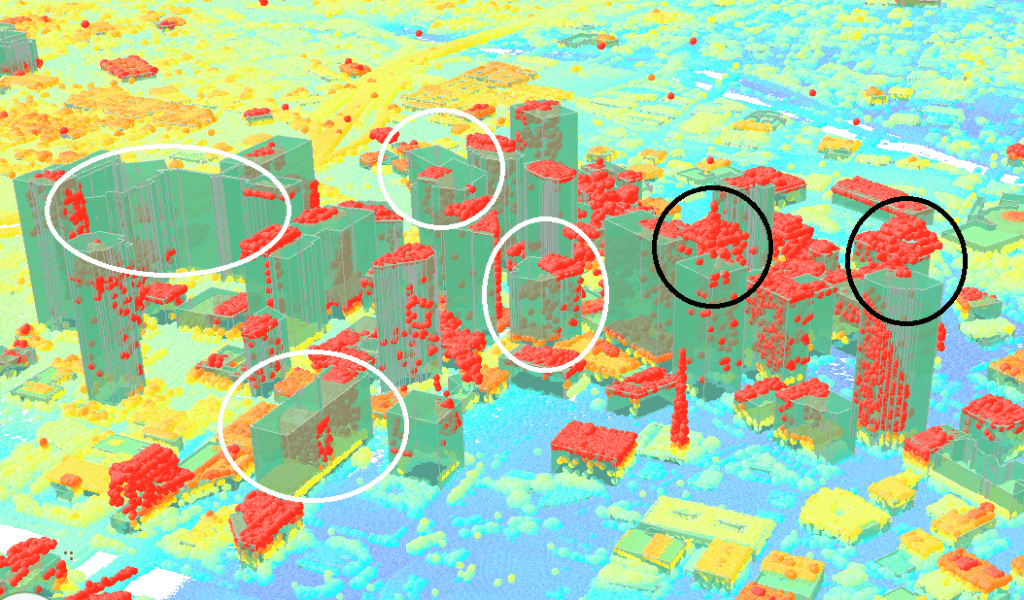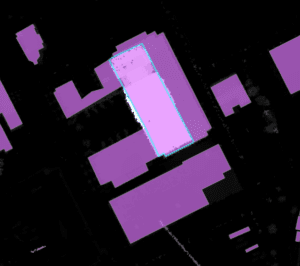I was recently asked by a friend in the commercial real estate industry if SymGEO could build a digital representation of Dallas. At the time I was pretty sure we could, based on available data, technology, and 3D modelling experience. However, as we all know in this fast-moving tech-focused industry, being “pretty sure” is a dangerous position, so today was the day to find out.
Our journey started with finding building footprints, which the City of Dallas has made available for download based on 2009 aerial photography. Fortunately, wide-area LiDAR with approximately 1 meter spacing was also collected at the same time and made available through TNRIS. This high-density survey method gave a blanket of point elevations, which are then used to derive digital terrain models (ground), and digital surface models (buildings and trees). When combined with building footprints, these are the best ingredients for a 3D city model.

The next step was to run a series of scripts and tasks within ArcGIS Pro to determine the average height of each building and whether the roofs were sloped or flat. This gave great preliminary results, but due to the complex roofs in the downtown area, some generalization errors were introduced into the model, as each footprint could only have a single height associated with it. These errors can be quickly spotted by buildings that either have LiDAR points above the building envelope (circled in black), or a building envelope above the LiDAR points (circled in white).

Fortunately, due to the relative ease of spotting errors, the building footprints could be quickly modified to break them up based on the roof components to give multiple heights per footprint.

Interestingly enough, several footprint displacement errors were also discovered in the city-provided data during this process, so those were fixed at the same time. After several hours of fixing and segmenting footprints, the scripts were run again to re-calculate the buildings. Needless to say, it was easy and gratifying to see the rapid improvements in the model.

Finally, we brought the model into Esri’s CityEngine to give it a little color. When the digital dust settled, a fine looking model of Dallas emerged. See below, with a similar view of downtown Dallas from Google shown for comparative purposes.


Are you interested in having a digital city built, or would like to find out what else can be done with 3D modeling?
Let us know, as we’re here to help, and “Yes, we can build a digital city.”